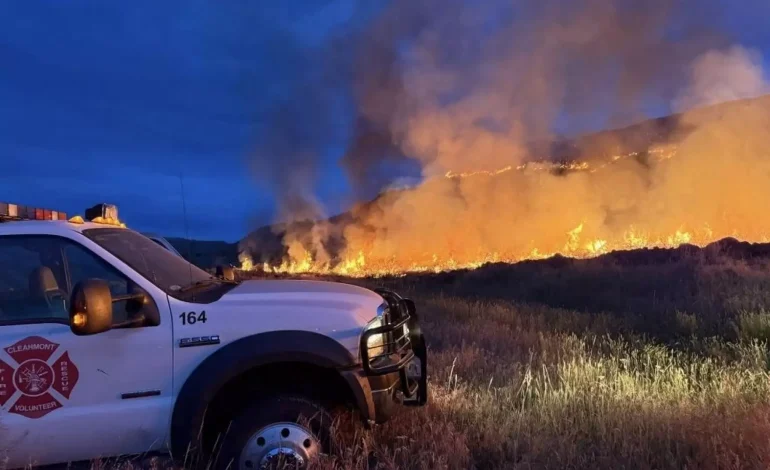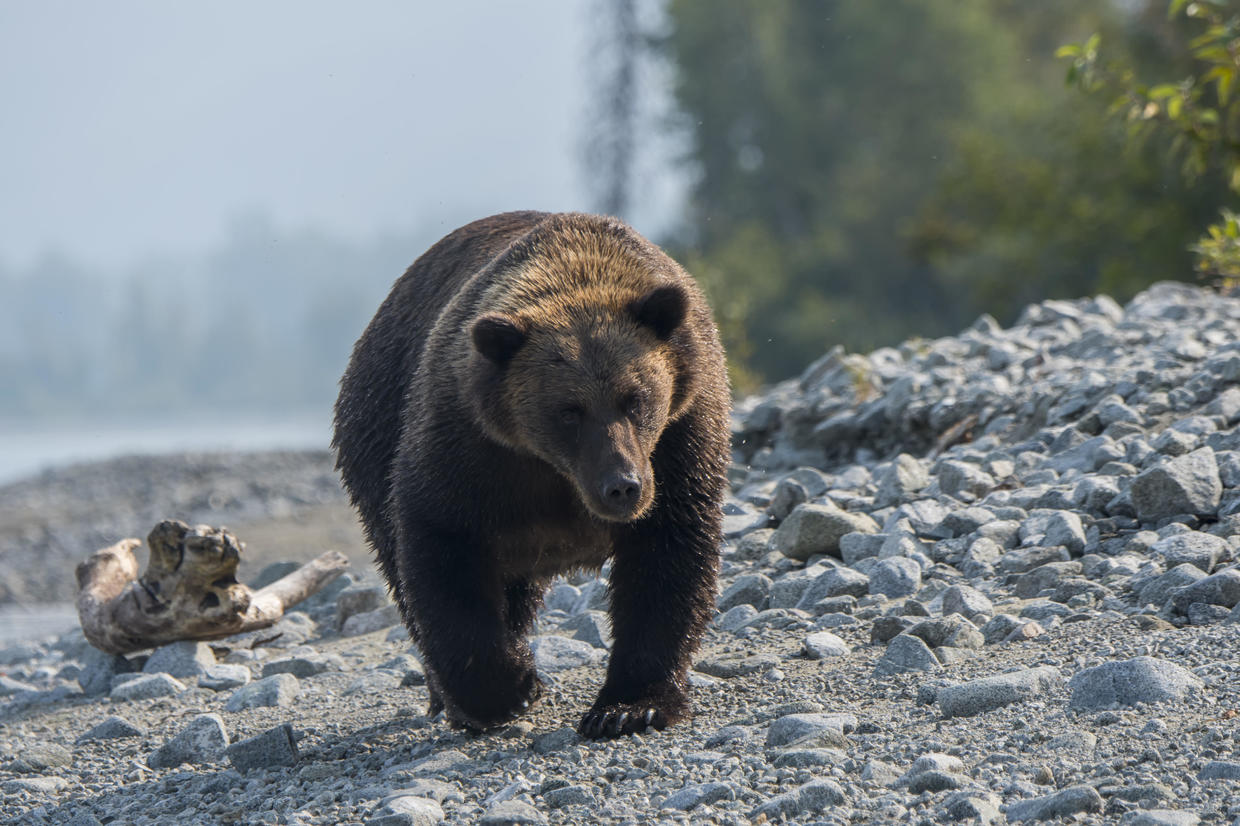Lightning and Dry Conditions Ignite Multiple Wildfires Across Wyoming

Several new wildfires broke out across Wyoming on July 1, primarily sparked by lightning strikes during recent thunderstorms, Wyoming Public Media reports.
With grasses across the state dry and highly flammable, fire managers are urging the public to take precautions, especially ahead of the Fourth of July weekend.
In northeastern Wyoming, the Powder River Fire, located northwest of Gillette, has burned approximately 870 acres. About half of the fire’s perimeter is currently contained, according to updates from the wildfire tracking app Watch Duty. Firefighters from the Clearmont Fire District and Johnson County, supported by helicopters and engines from the Bureau of Land Management and US Forest Service, helped slow the fire’s spread overnight despite challenging winds.
Further south, in Hot Springs County, crews are responding to multiple fires. The Coyote Run Fire, burning southwest of Thermopolis, has reached roughly 170 acres. Nearby, the Hall Fire, located north of the town, is fully contained at just over 1,000 acres.
Forecasters warn that more afternoon thunderstorms and gusty winds could lead to additional fire starts later this week, particularly in areas with abundant dry fuels.
Wyoming Governor Mark Gordon issued a public reminder about fire safety, noting that last year’s wildfire season — the second-worst in state history — saw more than 810,000 acres burned.
“Wyoming’s fuels are drying out and fire risk has increased,” he said. “As you celebrate this Fourth of July weekend, please do so responsibly. Carelessness with fireworks, with campfires and with open flames can quickly turn disastrous.”
According to federal data, 90% of wildfires nationwide are human-caused, reinforcing the need for vigilance during outdoor activities.
Fire Safety Tips from State and Local Officials:
Always drown and stir campfires before leaving, and never leave a fire unattended.
Extinguish abandoned campfires if you encounter them.
Use fireworks only in designated areas, and follow local regulations.
Avoid parking or driving on dry grass, which can easily ignite.
Check trailer chains to ensure they aren’t dragging and creating sparks.
Report new fire starts to local authorities immediately.
Sign up for emergency alerts through your county’s emergency management website.







The latest news in your social feeds
Subscribe to our social media platforms to stay tuned